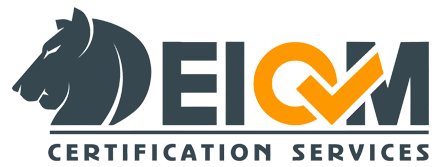Introduction
In today’s digital world, where data exchange and communication happen globally and across various platforms, having a standardized format for representing dates and times is crucial. ISO 8601 addresses this need by providing a universally accepted format that can be easily understood and interpreted by both humans and machines.
Why ISO 8601 is Important
The importance of This standard lies in its ability to eliminate ambiguity and confusion when dealing with dates and times. By following a consistent format, it helps prevent errors and misinterpretations that can arise from differences in regional conventions or personal preferences.
Structure of ISO 8601 Date and Time Format
This standard defines several formats for representing dates and times, including:
Date
- YYYY-MM-DD (e.g., 2024-05-08)
Time
- HH:MM:SS (e.g., 14:30:00)
Combined Date and Time
- YYYY-MM-DDTHH:MM:SS (e.g., 2024-05-08T14:30:00)
Benefits of Using This standard
Using ISO 8601 offers numerous benefits, including:
- Improved clarity and readability of dates and times
- Enhanced interoperability between different systems and applications
- Simplified sorting and comparison of date and time data
- Facilitated international communication and collaboration
Common Misconceptions About ISO 8601
Despite its widespread adoption, there are some common misconceptions about This standard, such as:
- It is only applicable to certain industries or regions.
- It requires specialized software or tools to implement.
- It is overly complex or difficult to understand.
Examples of ISO 8601 Format
Here are some examples of dates and times represented in 8601 format:
- Date: 2024-05-08
- Time: 14:30:00
- Combined Date and Time: 2024-05-08T14:30:00
Applications of ISO
ISO 8601 is used in various fields and industries, including:
- Information technology
- Finance
- Science
- Transportation
- Telecommunications
Adoption and Recognition
This standard has been widely adopted and recognized by organizations, governments, and industries around the world. It is supported by many programming languages, databases, and software applications.
Challenges and Limitations
While This standard offers many advantages, it also presents some challenges and limitations, such as:
- Compatibility issues with legacy systems
- Complexity in certain use cases
- Lack of awareness or understanding among users
How to Implement ISO 8601
Implementing This standard in your organization or applications involves:
- Educating stakeholders about the standard and its benefits.
- Updating systems and software to support ISO 8601 format.
- Ensuring consistency and compliance with the standard in data entry and processing.
Conclusion
ISO 8601 provides a standardized and universally accepted format for representing dates and times, offering numerous benefits in terms of clarity, interoperability, and consistency. By adopting This standard, organizations can improve data quality, reduce errors, and enhance communication in today’s interconnected world.


Add a Comment